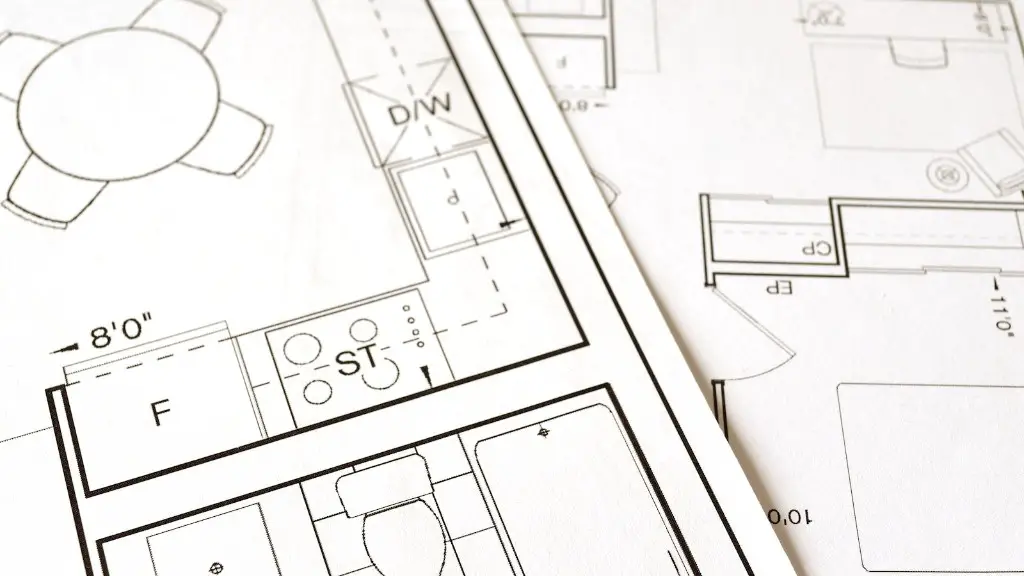Background
Software architecture is a concept that can be used to design, implement, and deploy systems that are efficiently proven to be reliable and secure. It describes the different components such as software, tools, communication protocols, databases, and hardware that make up an application system. Software architecture is based on different principles such as modularity, scalability, and maintainability. When creating software architecture, it is important to consider how the elements of the system are related to each other and how the architecture will interact with the other parts of the software development process.
Considerations
When designing software architecture, it is important to consider the end user’s needs and requirements. For example, the user’s system may have specific hardware requirements or it may need certain features that are only available with certain software versions. It is also important to consider the cost implications of buying and maintaining the various components, as well as their compatibility with the other existing systems. Additionally, depending on the nature of the software and its environment, different coding languages and software development kits will be needed.
Prototyping
Before actually developing the application and the underlying software architecture, it’s important to create a prototype to test the interaction between components. This helps to ensure that the design works in a real environment and that the required functionality is present. The prototype is also useful for using diagrams to visually create the software architecture, as well as to create a higher level of abstraction that allows for easier components and system-level customization down the road. Additionally, if the software architecture is developed in stages, the prototype can be used to test the integration of the different components.
Documentation
Once the software architecture has been decided upon, it is important to document all the components, their relationships, and any additional information that is required to understand the application. This is important not only for future reference but also to ensure that the development team has a thorough understanding of the application before they begin to build it. This documentation should be reviewed at regular intervals to ensure that the software is following the original design. Having well-documented software architecture will also make it easier to troubleshoot any issues that occur after the application is released.
Testing
Testing the applications is essential in order to make sure they meet the customer requirements. Through testing, any unexpected behaviour can be foreseen. Additionally, the test results can be used to identify any bottlenecks in the system and identify areas which might require tweaking or redesign. After the testing is complete, a review of the existing application specifications should be undertaken to increase performance, security, and reliability.
Deployment
Once all the testing is complete, the application can be deployed. The deployment can be done through a single server or across a distributed system, depending on the system’s requirements. Additionally, the deployment should include the necessary security protocols, along with integration and communication protocols such as HTTP, FTP, and FTPs. A deployment strategy should also be established to ensure the availability of the application across multiple platforms and operating systems.
Maintenance
In terms of maintenance, it is essential to monitor the system at regular intervals and address any issues that may arise over time. Software components need to be regularly updated with bug fixes and improved features, while any security threats should also be continuously assessed and updated. Additionally, backup and recovery techniques should be implemented in order to fully protect the system in the event of data loss.
Functions of Software Architecture
Creating software architecture is critical for any type of software development project. A proper software architecture can help to ensure a successful implementation and help to increase efficiency and productivity. Through the use of software architecture, developers can create a robust and secure system that is able to handle the needs of the user. Moreover, by creating an implementation-independent system, developers can ensure that their application is reusable and able to be used for different projects.
Advantages of Software Architecture
Software architecture can provide a wide range of advantages, including improved system performance and reduced cost. Additionally, creating software architecture can also help to reduce the development timeline, and to ensure a smooth and efficient transition between development and production environments. Finally, software architecture provides developers with the ability to easily scale up the system when needed and to develop the system more reliably and securely.
Disadvantages of Software Architecture
As with any type of development, software architecture can also have some potential drawbacks. One potential disadvantage is the complexity of designing and implementing a software architecture that meets all of the user requirements. Additionally, software architecture requires a significant number of resources and can be time consuming, meaning that it can be difficult to implement changes quickly and efficiently. Finally, software complexity can also lead to a lack of stability and reliability, making it difficult to ensure the application works across multiple platforms and operating systems.
Software Design Patterns
Software design patterns are an important part of creating software architecture, as they allow developers to quickly create complex architectures. These patterns are a set of instructions that are used to create a well-defined system architecture. Additionally, software design patterns can be configured to use different parameters and conditions to create modular systems. This promotes code reuse and allows for faster and more efficient development.
Tools and Technologies
In order to design an effective software architecture, developers need to use the right tools and technologies. These tools should be able to monitor the system performance, manage resource utilization, and provide warnings when non-optimal conditions are met. Additionally, modern tools are often integrated with artificial intelligence algorithms that can be used to automate the software design process. This can help to reduce development costs, while also ensuring that the architecture is reliable and secure.
Best Practices
When implementing software architecture, best practices should be followed in order to maximize the effectiveness of the architecture. One best practice is to focus on simplicity and scalability, as this will help keep the system reliable and maintainable. Additionally, it is important to ensure that the software components interact with each other in a way that promotes code reuse and increases system performance. Finally, it is important to monitor the system regularly, as this will help to identify any issues that may arise while the application is being used.



